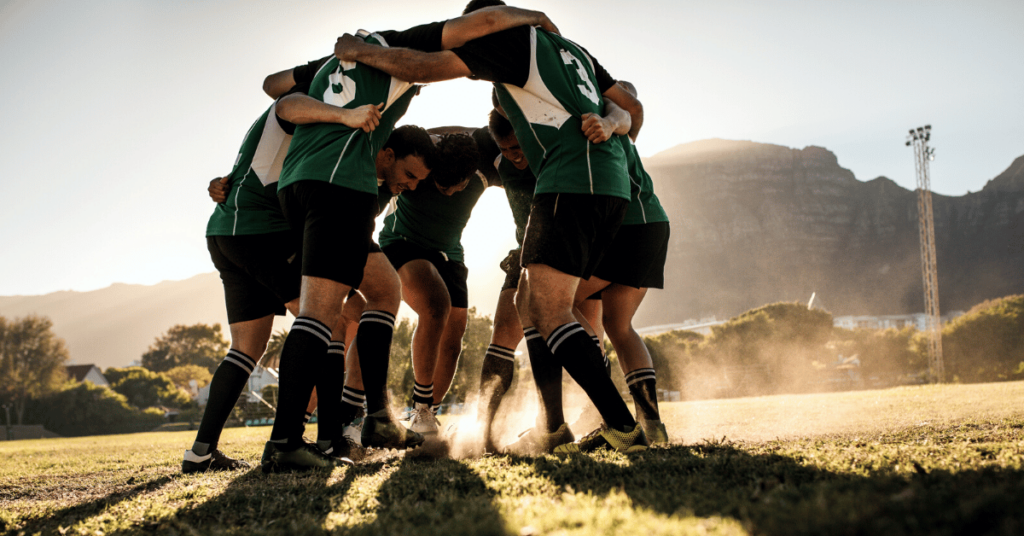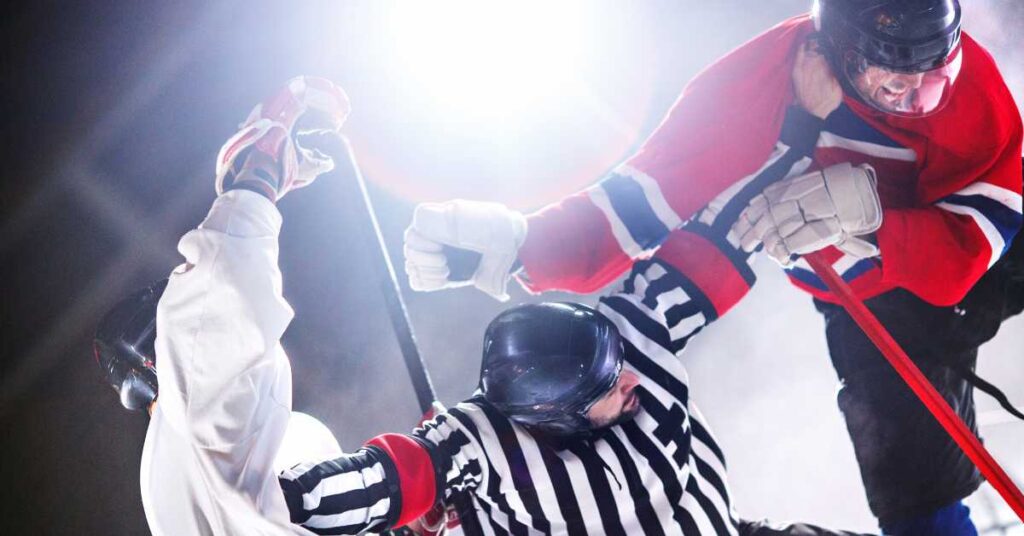Introduction
Rehabilitation plays a crucial role in the recovery process for athletes who have experienced injuries. It involves a systematic and comprehensive approach to restore strength, mobility, and function to the injured area.
In this article, we will explore the rehabilitation protocols and exercises that are commonly used to help athletes regain their optimal physical condition and safely return to their sports activities.
Injury Rehabilitation Basics
Rehabilitation is a multi-step process that aims to guide athletes through the stages of recovery and ensure a successful return to sport. Understanding the basics of rehabilitation is essential for athletes and their healthcare professionals. Here are some key aspects:
- Understanding the Rehabilitation Process: Rehabilitation involves a progressive series of exercises and treatments tailored to the specific injury and individual needs. It focuses on restoring range of motion, strength, endurance, flexibility, and overall functional ability.
- Setting Realistic Goals: Setting realistic goals helps athletes stay motivated and measure their progress throughout the rehabilitation process. It’s important to work closely with healthcare professionals to set achievable milestones.
Initial Stage of Rehabilitation
The initial stage of rehabilitation focuses on the early recovery and protection of the injured area. The following components are typically included:
- Rest and Protection: Resting the injured area and protecting it from further damage is essential in the initial phase of rehabilitation. This may involve immobilization, the use of assistive devices, or modified activities.
- Pain Management Techniques: Managing pain is important to facilitate the rehabilitation process. This may include the use of ice, heat, electrical stimulation, or medication as prescribed by healthcare professionals.
- Range of Motion Exercises: Gradually introducing gentle range of motion exercises helps prevent stiffness and maintain joint mobility. These exercises should be performed under the guidance of a healthcare professional.
Strengthening and Conditioning Phase
The strengthening and conditioning phase focuses on rebuilding strength, endurance, and overall physical fitness. Key components of this phase include:
- Progressive Resistance Exercises: These exercises involve gradually increasing the intensity of resistance to improve muscle strength and power. This may include using weights, resistance bands, or bodyweight exercises.
- Functional Movements and Sport-Specific Exercises: Incorporating functional movements and sport-specific exercises helps athletes regain their specific movement patterns and improve their performance in their respective sports.
- Balance and Proprioception Training: Balancing exercises and proprioceptive training enhance stability, coordination, and body awareness, reducing the risk of re-injury.
Endurance Training
Endurance training is important for athletes to regain cardiovascular fitness and stamina. This includes:
- Cardiovascular Exercises for Overall Fitness: Engaging in cardiovascular exercises such as jogging, swimming, or cycling helps improve overall endurance and cardiovascular health.
- Specific Endurance Training for Sport: Tailoring endurance training to the specific demands of the sport allows athletes to improve sport-specific endurance and meet the demands of their chosen activity.
Flexibility and Mobility Training
Flexibility and mobility are key components of rehabilitation. The following exercises promote flexibility and joint mobility:
- Stretching Exercises: Stretching exercises help improve muscle flexibility and prevent muscle imbalances. Static, dynamic, and proprioceptive neuromuscular facilitation (PNF) stretching techniques can be incorporated.
- Joint Mobilization Techniques: Gentle joint mobilization techniques performed by trained healthcare professionals can help improve joint range of motion and reduce joint stiffness.
Sport-Specific Rehabilitation
Incorporating sport-specific movements and drills into the rehabilitation program is crucial for athletes aiming to return to their sports activities. This phase focuses on:
- Gradual Return to Sport Activities: Gradually reintroducing sport-specific movements and drills allows athletes to regain their skills, coordination, and confidence while minimizing the risk of re-injury.
- Monitoring Progress and Adjusting the Program: Regular progress evaluations, in collaboration with healthcare professionals, help determine if the rehabilitation program needs to be modified based on the athlete’s progress and any new goals that arise.
Rehabilitation for Common Injuries
Specific injuries require tailored rehabilitation protocols. Here are some examples:
- ACL Tear: ACL rehabilitation typically involves strengthening the surrounding muscles, improving knee stability, and gradually reintroducing jumping, cutting, and pivoting movements.
- Rotator Cuff Injury: Rehabilitation for rotator cuff injuries often includes strengthening exercises for the shoulder muscles, shoulder joint mobility exercises, and functional movements that mimic overhead activities.
Monitoring and Adjusting the Rehabilitation Program
Throughout the rehabilitation process, regular evaluations are essential to monitor progress and make necessary adjustments to the program. This may involve modifying exercises, increasing intensity, or introducing new challenges based on the athlete’s recovery and goals.
Mental and Emotional Support
Rehabilitation can be physically and mentally challenging. Athletes may experience frustration, setbacks, or loss of confidence during the recovery process. It is important to address the psychological aspects of rehabilitation and maintain a positive mindset. Seeking support from healthcare professionals, coaches, teammates, and family members can be beneficial.
Conclusion
Rehabilitation protocols and exercises are vital for athletes to recover from injuries and safely return to their sports activities. By following a well-structured rehabilitation program, athletes can regain strength, flexibility, and functional ability while minimizing the risk of re-injury.
Collaborating with healthcare professionals, staying motivated, and maintaining a positive mindset are key elements for a successful rehabilitation journey.
FAQs
- How long does the rehabilitation process typically take?
- The duration of the rehabilitation process varies depending on the type and severity of the injury, as well as individual factors. It can range from weeks to several months.
- Can I continue training other body parts during rehabilitation?
- Depending on the injury and the recommendations of healthcare professionals, you may be able to continue training unaffected body parts. However, it’s important to avoid exercises or activities that could jeopardize the injured area.
- Should I consult a healthcare professional for my rehabilitation program?
- Yes, it is highly recommended to work with healthcare professionals, such as physical therapists or sports medicine specialists, to develop a personalized rehabilitation program tailored to your specific needs and goals.
- What should I do if I experience pain during rehabilitation exercises?
- Pain during rehabilitation exercises should be monitored. Some discomfort can be expected, but sharp or worsening pain should be reported to your healthcare professional for evaluation and adjustments to your program.
- Can I return to my previous level of performance after an injury?
- With proper rehabilitation, dedication, and adherence to the rehabilitation program, many athletes can return to their previous level of performance. However, each individual’s recovery is unique, and it’s important to manage expectations and work closely with healthcare professionals to set realistic goals.
Disclaimer: When it comes to injury prevention and recovery, always seek professional guidance and advice from medical professionals who will be in a position to better address specific concerns or issues related to your individual situation. In no event shall we be liable for any direct, indirect, incidental, special, or consequential damages arising out of or in connection with your use of this website or the content provided herein.







